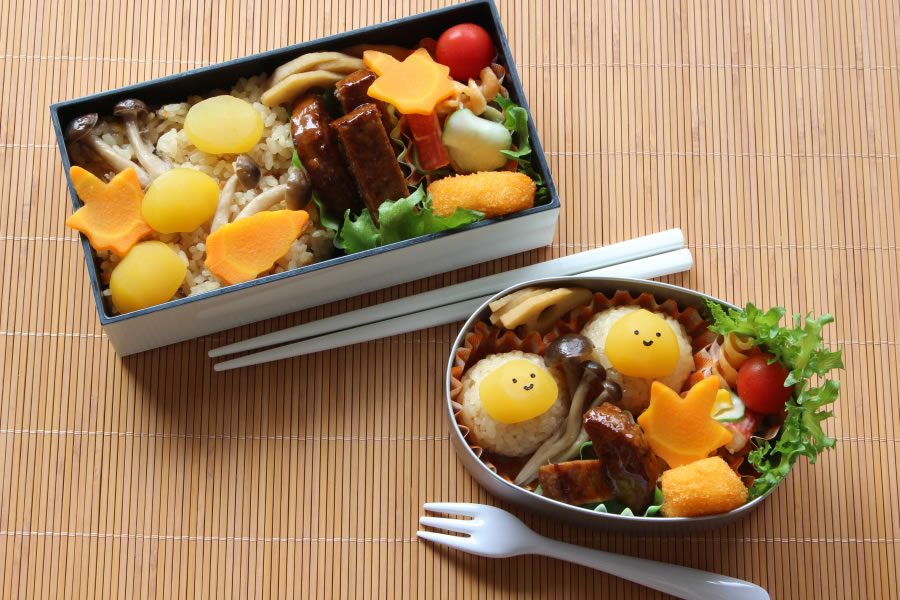In the quest to pack lunches kids will thank parents for, families outside of Japan have adopted a love for Japanese bento-style lunches. Pinterest is filled with the craze. Yet, in calling a lunch “bento,” without a full understanding of exactly what qualifies, parents and the bento lunchbox market may be misappropriating a cultural practice.
Why not learn about the real practice instead?
A bento refers to a meal on the go: Any work, school or picnic lunch. It is a natural offshoot and complement to Japanese culture. It’s already common practice for a wife and mother to rise early and pack a bento for each family member. The idea of the bento is not meant to be something crazy, should not be too much of an endeavor; the idea of a bento fits the culture, with foods found in store and in every home.
Every Japanese child knows it takes 100 days to grow a single grain of rice. The goal is to make one’s plate sparkling clean. This culture does not waste. A bento often employs leftovers from dinner.
My own children, ages 7 and 4 and 1, have gone through the hoikuen preschool system since they started eating. They share bento with friends under the cherry blossoms and peer into each other’s lunches on field trips to unearth sweet potatoes.



